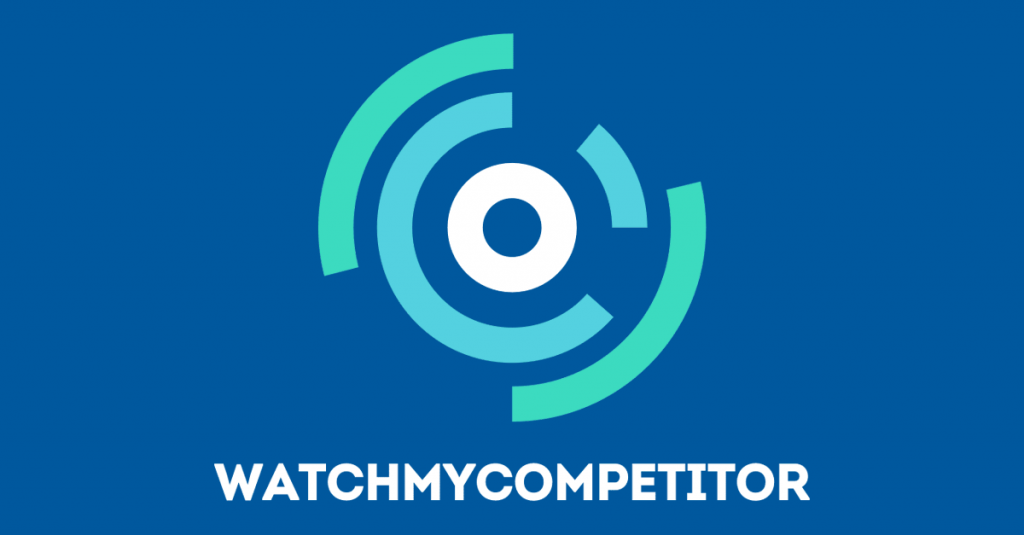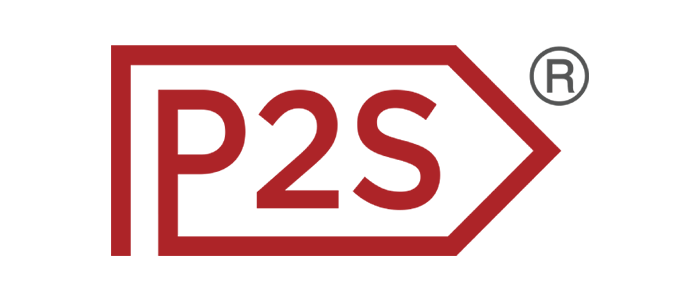It has become abundantly clear that mastering pricing strategies is essential for business success. What can be less clear, is just how this works in practice, and how you can ensure that your organisation can tap into all of the potential benefits.
As you read on in this article, we’ll explore what ecommerce pricing is, the key benefits, the leading tools on the market and the best practices you should consider.

Understanding Ecommerce Price Monitoring
Ecommerce price monitoring extends beyond the simple act of tracking numerical values. It is an essential strategy requiring businesses to analyse pricing dynamics. This involves a systematic examination of how prices fluctuate, providing insights into broader market trends and competitor strategies.
By understanding these pricing dynamics, businesses gain valuable insights that go beyond basic numerical tracking. This understanding enables them to make informed decisions regarding their pricing strategies. It allows businesses to adapt swiftly to changes in the market, ensuring they stay competitive and maintain an edge over their rivals.
Key Components Of Ecommerce Price Monitoring
1) Robust technological infrastructure
The core of an effective ecommerce price monitoring strategy lies in establishing a robust technological foundation. Businesses need to invest in advanced tools capable of efficiently collecting, processing, and analysing pricing data.
2) Data accuracy as the foundation
Ensuring the accuracy of pricing data forms the foundational pillar of a successful monitoring strategy. This involves implementing validation processes and integration checks to guarantee the reliability of the data being collected and analysed.
3) Real-time updates for timely insight
In ecommerce, real-time updates play a vital role in staying ahead of market shifts and competitor strategies.
4) Integration for holistic understanding
Integrating data from various sources is essential for gaining a comprehensive view of the pricing landscape. This involves amalgamating information from diverse channels to enhance accuracy and understand market trends thoroughly.
5) User-friendly interfaces for seamless navigation
The accessibility of a price monitoring system is dependent on user-friendly interfaces. Decision-makers need to navigate through data effortlessly, and this is facilitated through intuitive interfaces.
What Are The Benefits Of Ecommerce Price Monitoring?
The advantages derived from implementing ecommerce price monitoring are practical, tangible and extend across various facets of business operations:
A) Well-informed pricing decisions
Ecommerce price monitoring provides businesses with actionable insights, enabling well-informed pricing decisions. By regularly tracking and analysing market trends, businesses gain a nuanced understanding of optimal pricing points.
B) Enhanced competitiveness
One of the direct outcomes of effective price monitoring is the heightened competitiveness of businesses in the digital marketplace. By keeping a close eye on competitor pricing strategies, businesses can strategically position themselves.
C) Improved customer satisfaction
Ecommerce price monitoring contributes significantly to improved customer satisfaction. Understanding the pricing expectations of the target audience allows businesses to align their pricing strategies with consumer preferences.
D) Optimised revenue streams
Through precise monitoring of market dynamics, businesses can identify opportune moments for pricing adjustments. This dynamic pricing strategy allows businesses to optimise revenue streams by capitalising on peak demand periods, adjusting prices in response to competitive shifts, and strategically positioning products or services for maximum profitability.
E) Efficient inventory management
Ecommerce price monitoring also aids in efficient inventory management. By aligning pricing strategies with demand patterns, businesses can optimise stock levels, reduce excess inventory, and prevent stock shortages.
F) Strategic marketing & promotions
Insights derived from price monitoring contribute to the development of strategic marketing and promotional campaigns. Understanding how pricing impacts customer behaviour allows businesses to design effective promotions, discounts and marketing messages.
G) Data-driven decision-making
The data amassed through price monitoring forms the backbone of data-driven decision-making. Businesses can leverage this data not only for pricing strategies but also for broader business decisions. From product launches to market expansion, the insights garnered from price monitoring empower decision-makers to make informed choices aligned with market realities.
Choosing the Right Ecommerce Price Monitoring Tools
Selecting appropriate tools is critical for effective ecommerce price monitoring. Decision-makers should align these tools with their specific needs, taking into account factors such as usability, integration capabilities and cost-effectiveness.
Exploring different tool types empowers businesses to make informed choices, ensuring the successful implementation of their monitoring strategy. Here are the key tools to consider for ecommerce price monitoring:


WatchMyCompetitor
WatchMyCompetitor is a market leading competitive intelligence platform that provides real-time insights into competitors’ pricing strategies. It offers a user-friendly interface, enabling businesses to track price changes, promotions, and market trends effortlessly. The tool’s integration capabilities ensure seamless incorporation into existing systems, making it a valuable asset for decision-makers aiming for a competitive edge.

Price2Spy
Price2Spy is a versatile price monitoring tool that offers automated price tracking and competitor analysis. It provides businesses with detailed reports on pricing trends, allowing for informed decision-making.

RepricerExpress
RepricerExpress is a tool specifically designed for dynamic pricing strategies. It automates the repricing process based on market changes and competitor pricing, ensuring that a business’s products remain competitive.
With a focus on usability and real-time repricing, RepricerExpress is a valuable tool for businesses aiming for price optimisation in a competitive market.
Best Practices For Ecommerce Price Monitoring
Success in ecommerce price monitoring is contingent upon the adoption of proven best practices:
1) Regular monitoring
Consistency is key in ecommerce price monitoring. Regularly tracking and analysing pricing data provide businesses with a real-time understanding of market fluctuations. By implementing a routine monitoring schedule, decision-makers can swiftly identify changes, spot trends, and make informed adjustments to pricing strategies as needed.
2) Competitor analysis
A comprehensive understanding of the competitive landscape is essential. Regularly analysing competitors’ pricing strategies sheds light on industry trends and consumer behaviour. By benchmarking against competitors, businesses gain valuable insights into market positioning and can adjust their own pricing strategies to maintain competitiveness or seize new opportunities.
3) Dynamic pricing strategies
Adopting dynamic pricing strategies based on monitoring results is a fundamental best practice. This involves adjusting prices in response to market changes, competitor movements, or shifts in demand. By embracing flexibility in pricing, businesses can optimise revenue, respond to customer expectations, and strategically position themselves in the market.
4) Customer feedback integration
Incorporating customer feedback into the monitoring process adds an additional layer of insight. Customer preferences and reactions to pricing changes can provide valuable data for refining strategies.
This customer-centric approach ensures that pricing decisions align with the perceived value by the target audience, contributing to improved customer satisfaction and loyalty.
5) Cross-departmental collaboration
Effective ecommerce price monitoring extends beyond the pricing team. Collaborating across departments, including marketing, sales and product development, facilitates a holistic approach. Shared insights and collaborative decision-making ensure that pricing strategies align with overall business objectives and customer expectations.
6) Data security & compliance
Ensuring the security and compliance of pricing data is a non-negotiable best practice. Businesses must implement robust data security measures to protect sensitive information and adhere to regulatory requirements. A secure environment instils confidence in customers and stakeholders, safeguarding the integrity of the monitoring process.
Challenges & How to Overcome Them
While the benefits are substantial, challenges exist in ecommerce price monitoring. Dynamic pricing, data overload and the need for timely updates are common issues. Acknowledging these challenges and providing strategies for overcoming them ensures businesses navigate hurdles effectively, optimising the impact of their monitoring initiatives.
Final Thoughts
In conclusion, a comprehensive approach to ecommerce price monitoring is vital for business success in the modern business world. By understanding the nuances, leveraging the right tools, and adopting best practices, businesses can overcome challenges and position themselves for sustained success in the competitive realm of ecommerce. As the digital marketplace evolves, effective price monitoring becomes not just a strategy but a necessity for those aiming to thrive.

